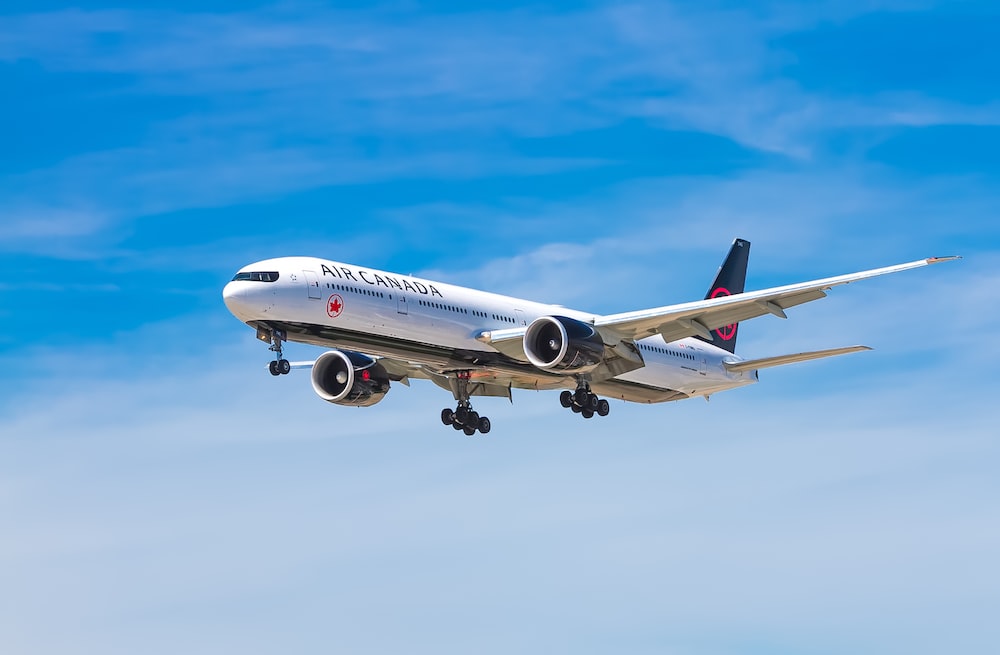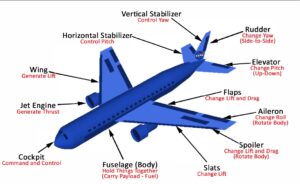
When one thinks of how aeroplanes fly, most people think of the wings, propeller and engine. But there is more to it than that. The science behind how aeroplanes fly can be quite complex. In this article, we will look at how aeroplanes fly and the various forces that come into play during flight.
To understand how aeroplanes fly, one needs to understand the basics of aerodynamics. Aerodynamics is the study of how air moves around an object. Air is a fluid, meaning it flows around objects. When air flows around an object, the object experiences four main forces: lift, drag, thrust and weight.
Lift is the force that keeps an aircraft in the air. It is created when air flows over the wings of the aircraft. The wings of an aircraft are designed in such a way that the air flows faster over the top of the wing than the bottom. This difference in air speed creates a pressure difference between the top and bottom of the wing, resulting in an upward force.
Drag is the force that opposes the motion of the aircraft. It is created when air flows around the aircraft and its wings. The shape of the aircraft and its wings creates turbulence in the air, which in turn creates drag.
Thrust is the force that propels the aircraft forward. It is created by the engine, which pushes air backwards, propelling the aircraft forward.
Weight is the force that pulls the aircraft downwards. It is created by the weight of the aircraft as it is pulled by gravity towards the ground.
The four forces – lift, drag, thrust and weight work together to keep the aircraft in the air. The thrust of the engine needs to be greater than the drag of the aircraft in order for the aircraft to move forwards. The lift of the wings needs to be greater than the weight of the aircraft in order for the aircraft to stay in the air.

To increase the lift of the wings, pilots use a technique called “flaps”. Flaps are movable sections of the wing that can be adjusted to increase the lift of the wing at certain speeds. This allows the pilot to fly slower and manoeuvre the aircraft more easily.
Another way pilots can control the aircraft is by using the rudder. The rudder is a movable section of the tail of the aircraft that can be adjusted to change the direction of the aircraft. By turning the rudder, the pilot can turn the aircraft left or right.
Finally, pilots can also control the speed of the aircraft by using the throttle. The throttle is a lever in the cockpit that controls the amount of fuel that is sent to the engine. By adjusting the throttle, the pilot can increase or decrease the speed of the aircraft.
In summary, aeroplanes fly by utilising the four forces of lift, drag, thrust and weight. The thrust of the engine needs to be greater than the drag of the aircraft in order for the aircraft to move forwards. The lift of the wings needs to be greater than the weight of the aircraft in order for the aircraft to stay in the air. Pilots use flaps, rudder and throttle to control the aircraft.
The science behind how aeroplanes fly is quite complex. However, with a basic understanding of the forces that come into play during flight, one can begin to appreciate the wonders of aeronautics and how aeroplanes fly.
Written by ProfT for Naijatipsland.com





